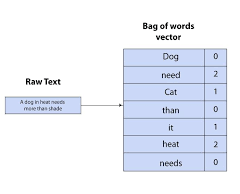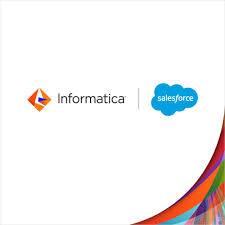Bridging the Interoperability Gap: TEFCA’s Role in Payer-Provider Data Exchange
The electronic health information exchange (HIE) between healthcare providers has seen significant growth in recent years. However, interoperability between healthcare providers and payers has lagged behind. The Trusted Exchange Framework and Common Agreement (TEFCA) aims to address this gap and enhance data interoperability across the healthcare ecosystem. TEFCA could drive payer-provider interoperability with a little help from the world of technology.
TEFCA’s Foundation and Evolution
TEFCA was established under the 21st Century Cures Act to improve health data interoperability through a “network of networks” approach. The Office of the National Coordinator for Health Information Technology (ONC) officially launched TEFCA in December 2023, designating five initial Qualified Health Information Networks (QHINs). By February 2024, two additional QHINs had been designated.
The Sequoia Project, TEFCA’s recognized coordinating entity, recently released several key documents for stakeholder feedback, including draft standard operating procedures (SOPs) for healthcare operations and payment under TEFCA.
During the 2024 WEDI Spring Conference, leaders from three QHINs—eHealth Exchange, Epic Nexus, and Kno2—discussed the future of TEFCA in enhancing provider and payer interoperability.
ONC released Version 2.0 of the Common Agreement on April 22, 2024. Common Agreement Version 2.0 updates Common Agreement Version 1.1, published in November 2023, and includes enhancements and updates to require support for Health Level Seven (HL7®) Fast Healthcare Interoperability Resources (FHIR®) based transactions. The Common Agreement includes an exhibit, the Participant and Subparticipant Terms of Participation (ToP), that sets forth the requirements each Participant and Subparticipant must agree to and comply with to participate in TEFCA. The Common Agreement and ToPs incorporate all applicable standard operating procedures (SOPs) and the Qualified Health Information Network Technical Framework (QTF). View the release notes for Common Agreement Version 2.0
The Trusted Exchange Framework and Common AgreementTM (TEFCATM) has 3 goals: (1) to establish a universal governance, policy, and technical floor for nationwide interoperability; (2) to simplify connectivity for organizations to securely exchange information to improve patient care, enhance the welfare of populations, and generate health care value; and (3) to enable individuals to gather their health care information.
Challenges in Payer Data Exchange
Although the QHINs on the panel have made progress in facilitating payer HIE, they emphasized that TEFCA is not yet fully operational for large-scale payer data exchange.
Ryan Bohochik, Vice President of Value-Based Care at Epic, highlighted the complexities of payer-provider data exchange. “We’ve focused on use cases that allow for real-time information sharing between care providers and insurance carriers,” Bohochik said. “However, TEFCA isn’t yet capable of supporting this at the scale required.”
Bohochik also pointed out that payer data exchange is complicated by the involvement of third-party contractors. For example, health plans often partner with vendors for tasks like care management or quality measure calculation. This adds layers of complexity to the data exchange process.
Catherine Bingman, Vice President of Interoperability Adoption for eHealth Exchange, echoed these concerns, noting that member attribution and patient privacy are critical issues in payer data exchange. “Payers don’t have the right to access everything a patient has paid for themselves,” Bingman said. “This makes providers cautious about sharing data, impacting patient care.”
For instance, manual prior authorization processes frequently delay patient access to care. A 2023 AMA survey found that 42% of doctors reported care delays due to prior authorization, with 37% stating that these delays were common.
Building Trust Through Use Cases
Matt Becker, Vice President of Interoperability at Kno2, stressed the importance of developing specific use cases to establish trust in payer data exchange via TEFCA. “Payment and operations is a broad category that includes HEDIS measures, quality assurance, and provider monitoring,” Becker said. “Each of these requires a high level of trust.”
Bohochik agreed, emphasizing that narrowing the scope and focusing on specific, high-value use cases will be essential for TEFCA’s adoption. “We can’t solve everything at once,” Bohochik said. “We need to focus on achieving successful outcomes in targeted areas, which will build momentum and community support.”
He also noted that while technical data standards are crucial, building trust in the data exchange process is equally important. “A network is only as good as the trust it inspires,” Bohochik said. “If healthcare systems know that data requests for payment and operations are legitimate and secure, it will drive the scalability of TEFCA.”
By focusing on targeted use cases, ensuring rigorous data standards, and building trust, TEFCA has the potential to significantly enhance interoperability between healthcare providers and payers, ultimately improving patient care and operational efficiency.













